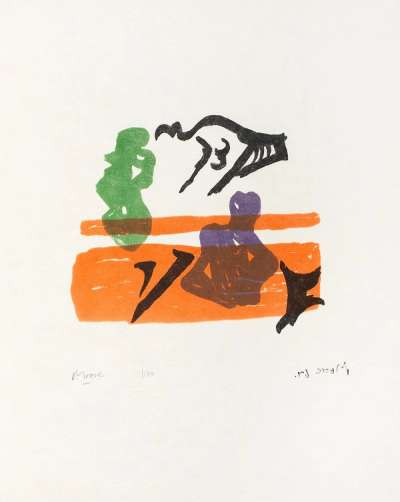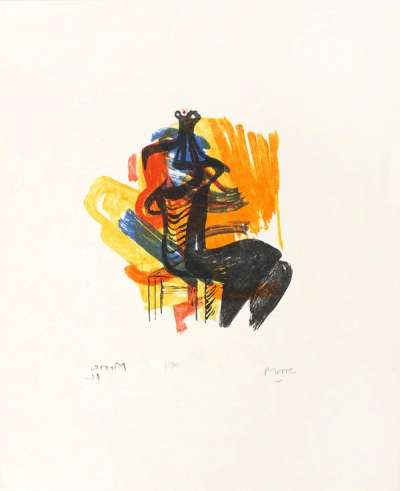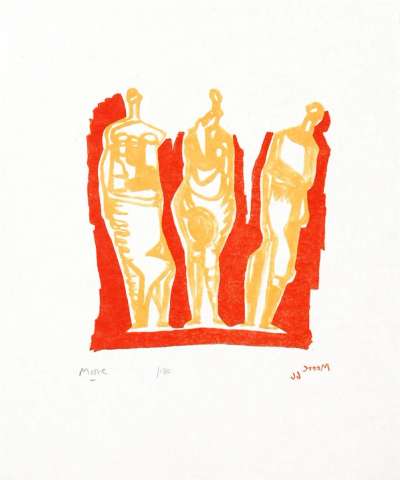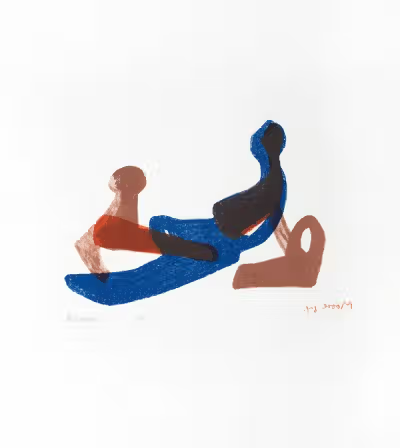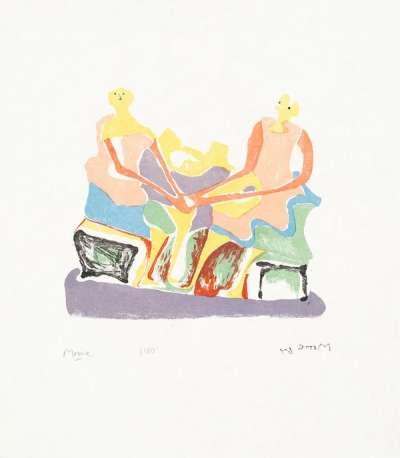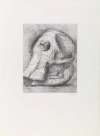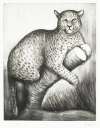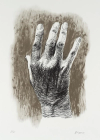Shelter
Sketchbook
Henry Moore's Shelter Sketchbook (1967) print portfolio offers a raw and evocative glimpse into the realities of London wartime experiences. Through his sketches, Moore captures the resilience, vulnerability, and humanity of individuals seeking refuge and safety during times of conflict.
Henry Moore Shelter Sketchbook For sale
Shelter Sketchbook Market value
Auction Results
| Artwork | Auction Date | Auction House | Return to Seller | Hammer Price | Buyer Paid |
|---|---|---|---|---|---|
 Black Seated Figure On Orange Ground Henry Moore Signed Print | 21 Sept 2022 | Bonhams Knightsbridge | £1,275 | £1,500 | £1,900 |
 Violet Torso On Orange Stripes Henry Moore Signed Print | 21 Sept 2022 | Bonhams Knightsbridge | £1,105 | £1,300 | £1,650 |
 Mother And Child Henry Moore Signed Print | 21 Sept 2022 | Bonhams Knightsbridge | £1,445 | £1,700 | £2,150 |
 Two Seated Women Henry Moore Signed Print | 9 Dec 2021 | Bonhams Knightsbridge | £1,105 | £1,300 | £1,650 |
 Three Standing Figures Henry Moore Signed Print | 28 Apr 2021 | Bonhams Knightsbridge | £1,105 | £1,300 | £1,650 |
Sell Your Art
with Us
with Us
Join Our Network of Collectors. Buy, Sell and Track Demand
Meaning & Analysis
Henry Moore's Shelter Sketchbook print portfolio, released in 1967 in an edition of 180, comprises 80 facsimile collotypes and one original lithograph, loose. The deluxe edition contains seven lithographs, on Japon nacre. It provides a poignant and raw depiction of wartime in London, during The Blitz. Moore's printed sketches offer viewers a glimpse into the realities faced by individuals seeking refuge and safety during times of conflict.
The portfolio captures the resilience, vulnerability, and shared humanity of those affected by war. Moore's sketches reveal the struggles, fears, and hopes of individuals seeking shelter in the Underground during Luftwaffe bombing raids, inviting viewers to empathise with their experiences. The sketches provide a powerful testament to the strength of the human spirit in the face of adversity, showcasing the resilience and determination of individuals to find refuge and safety in the most challenging circumstances.
Through his expressive lines and minimalistic approach, Moore captures the essence of these individuals' experiences, conveying both the harsh realities and the shared humanity that unites us in times of crisis. This minimalism, while emphasising the universality of human experiences such as fear and companionship, can also be explained by Moore’s own state at the time of observation. Writing of his times in the Underground during air raids, and of the process that resulted in these representations of that experience, Moore stated:
“I never made any sketches in the Underground. It just wasn't possible. It would have been like making sketches in the hold of a slave ship. One couldn't be as disinterested as that. Londoners had decided for themselves that the Underground was the safest place to be, and nothing was organised. … Instead of drawing, I would wander casually past a group of people half a dozen times or so, pretending to be unaware of them. Sometimes I climbed the staircase so that I could write down a note on the back of an envelope without being seen. A note like 'two people sleeping under one blanket' would be enough of a reminder to enable me to make a sketch next day.”
Henry Moore’s Shelter Sketchbook portfolio is very significant as a document of a highly impactful period in British history. Through his representations of London’s residents during the Blitz, Moore prompts viewers to reflect on the wider impact of conflict on human lives and the universal desire for safety and security. These prints serve as a powerful reminder of the need for compassion, empathy, and understanding in the face of adversity. It encourages us to consider our collective responsibility in creating a more peaceful and inclusive world. The portfolio offers a poignant testament to the endurance and resilience of the human spirit, highlighting the power of art to foster empathy across time and cultures.
